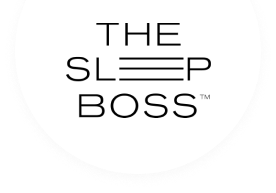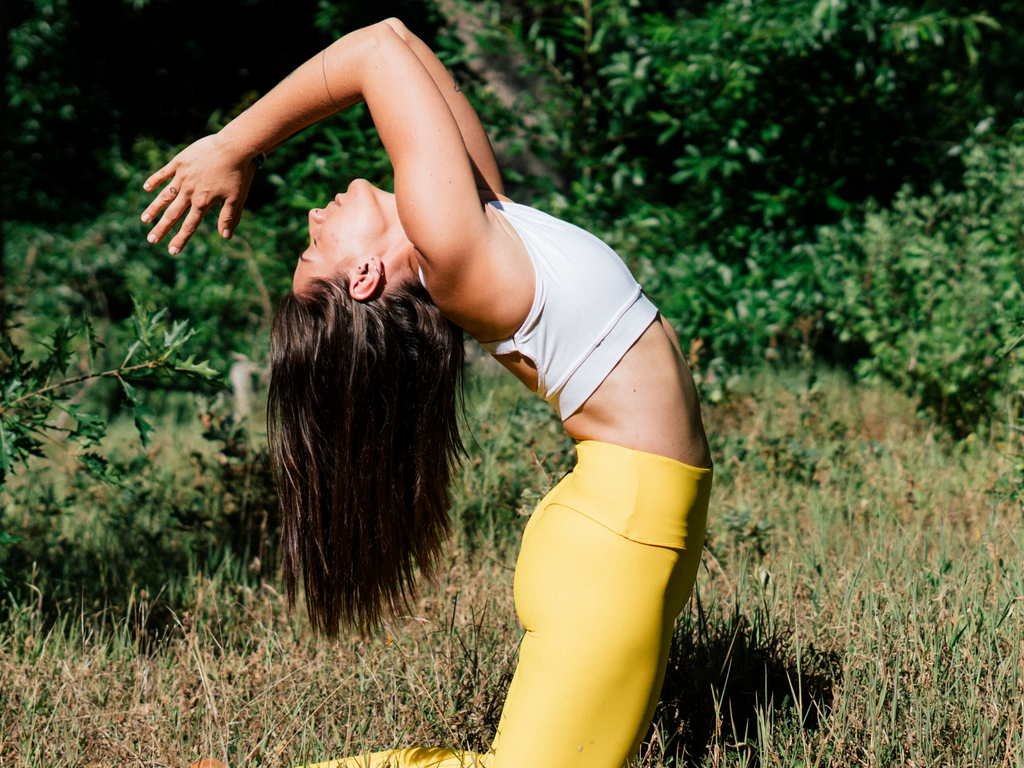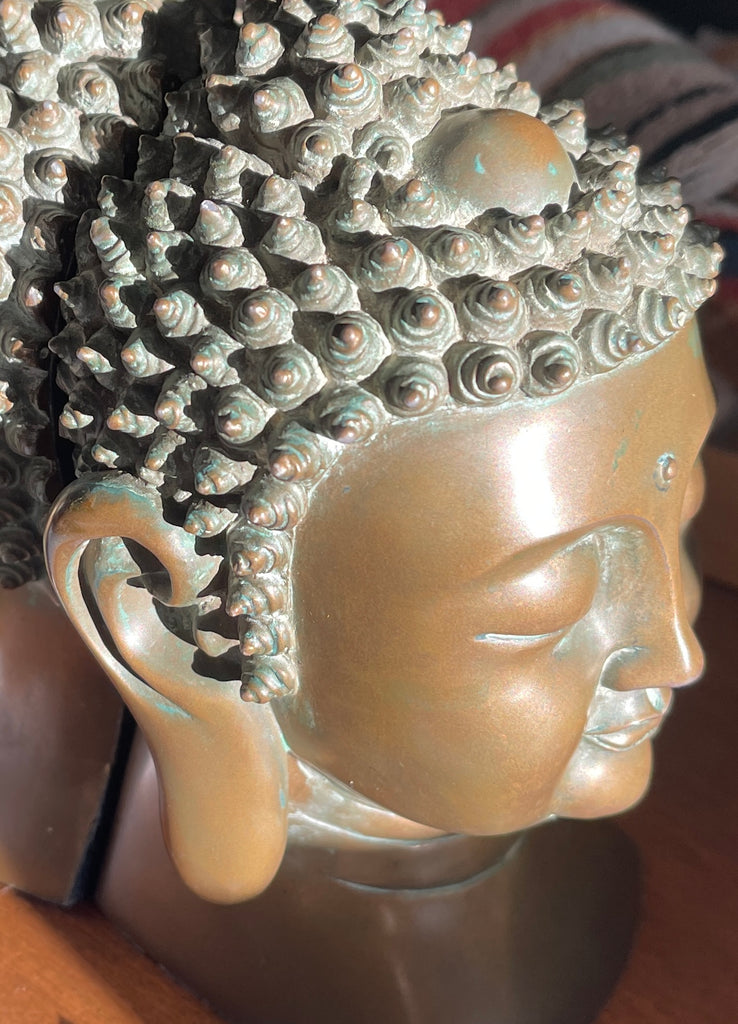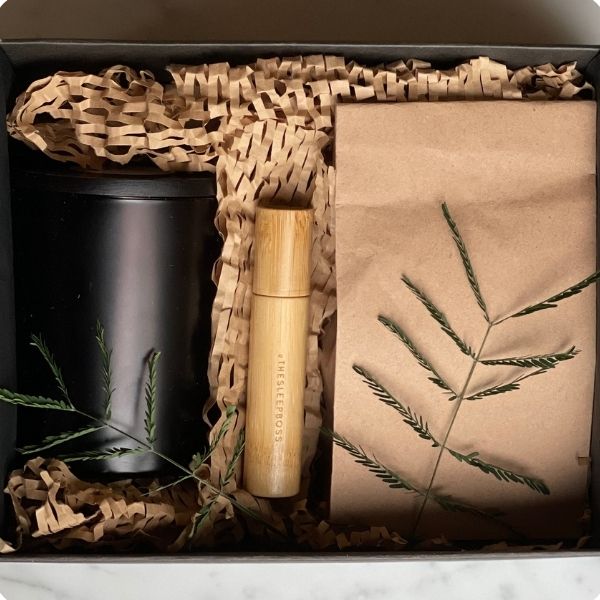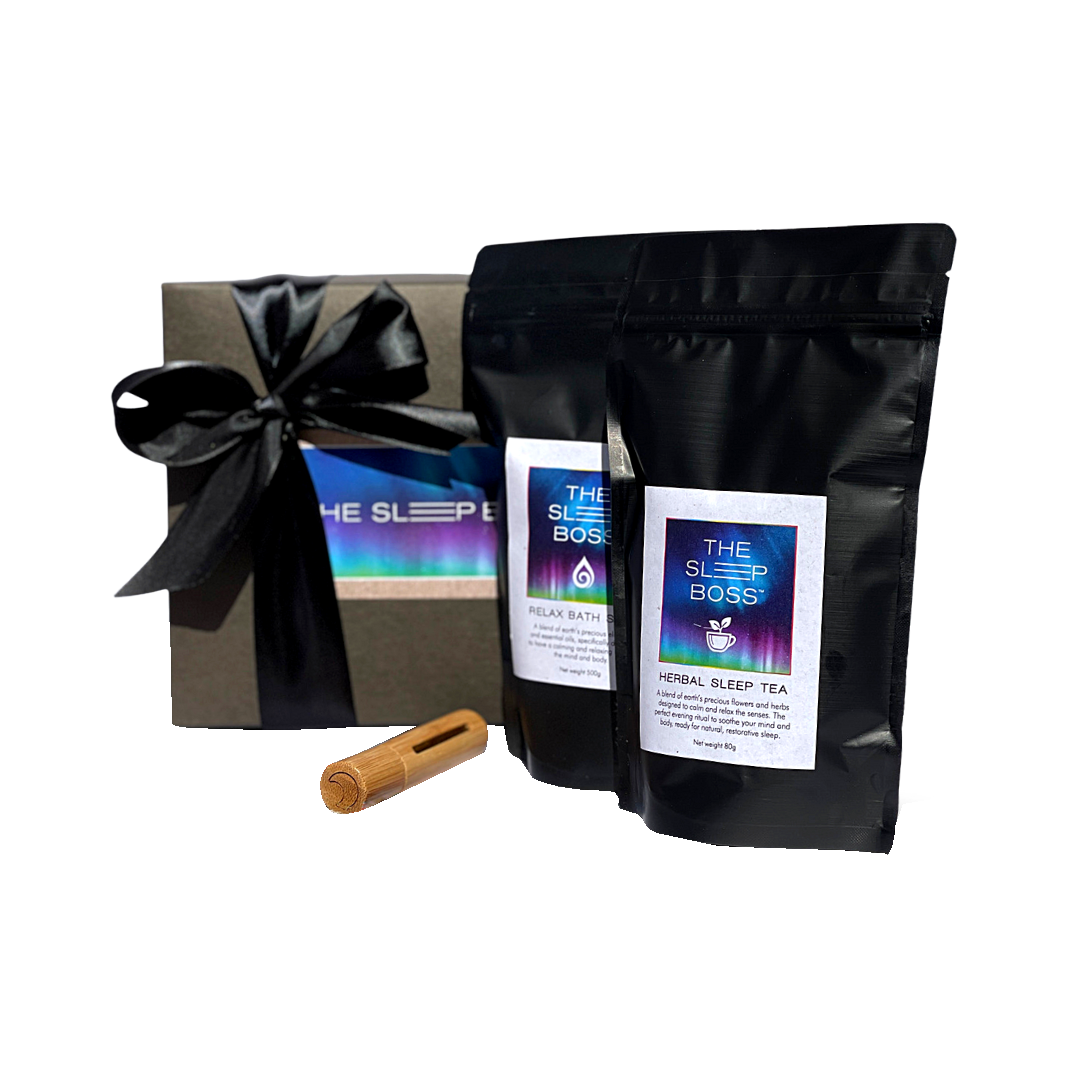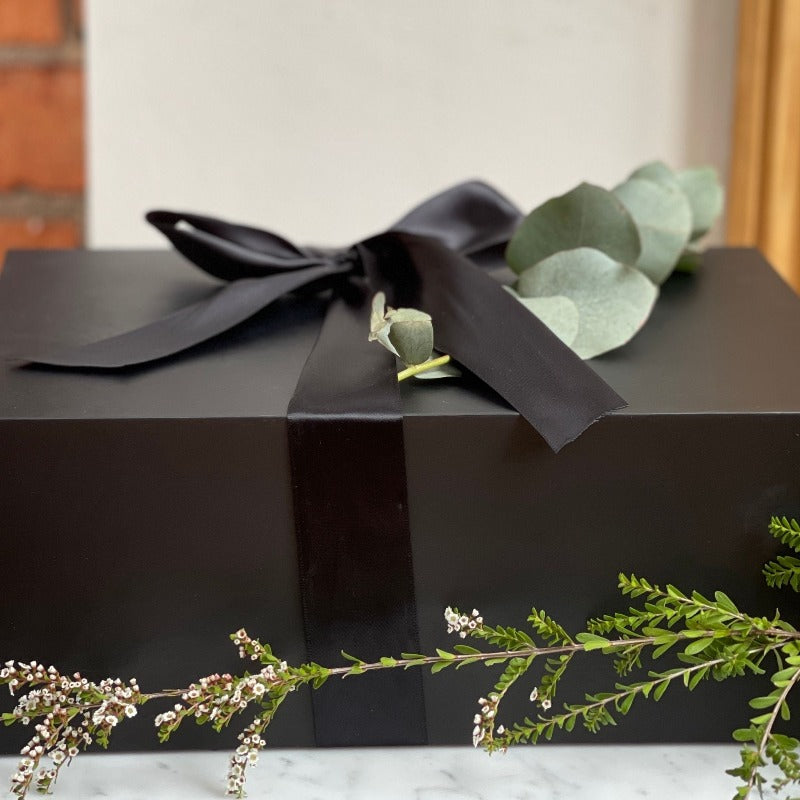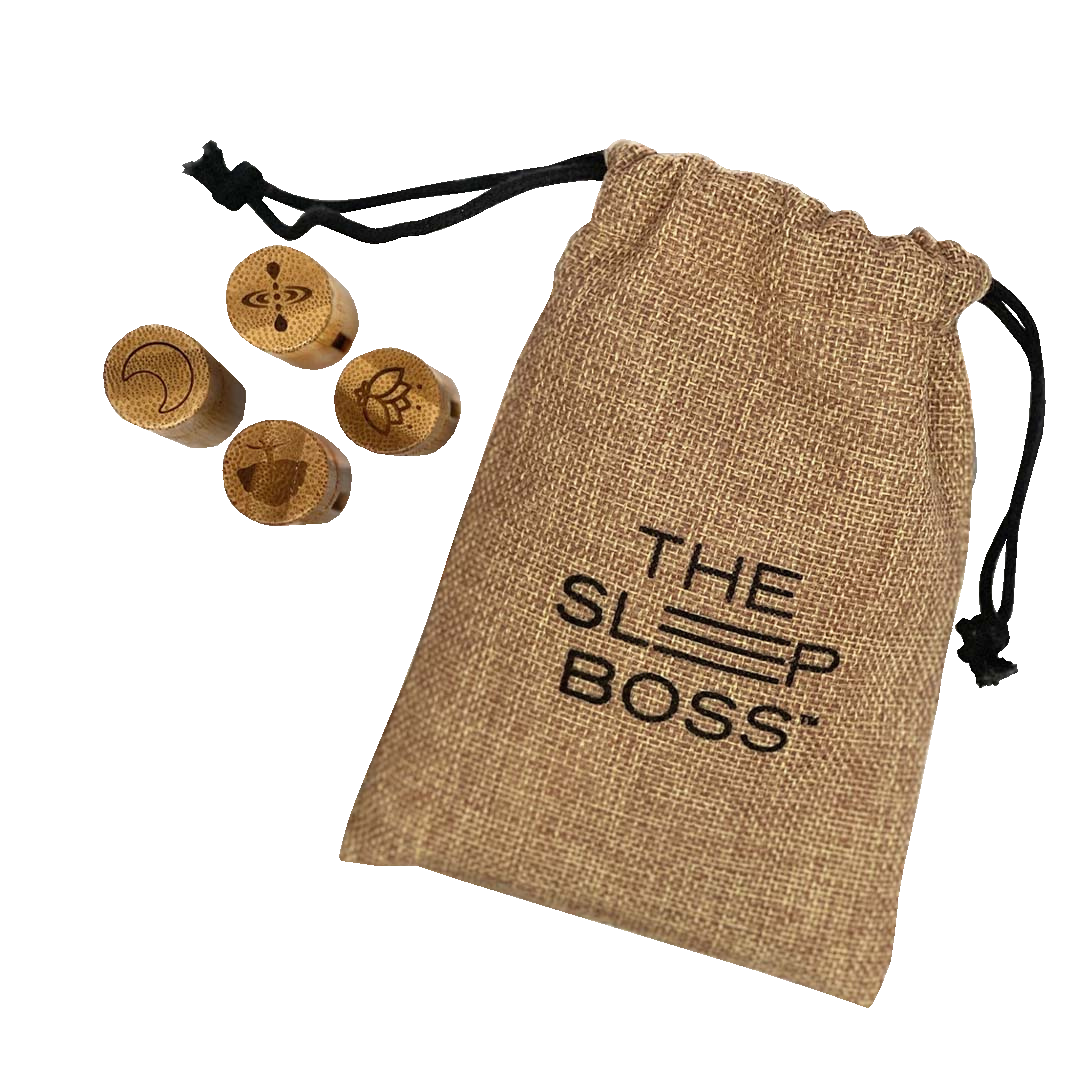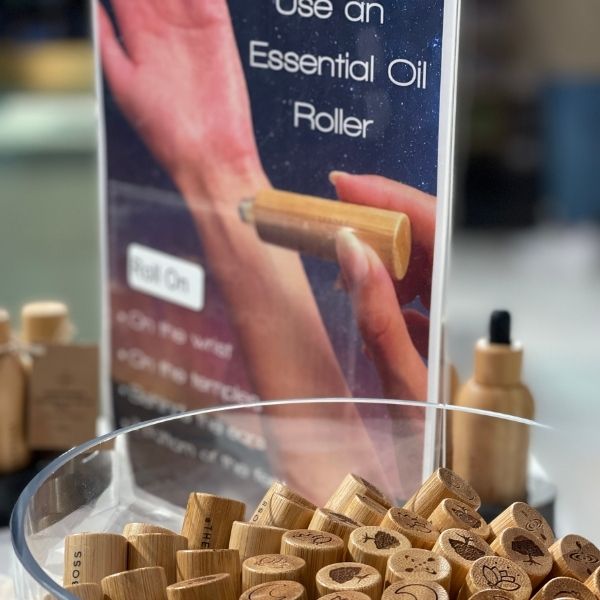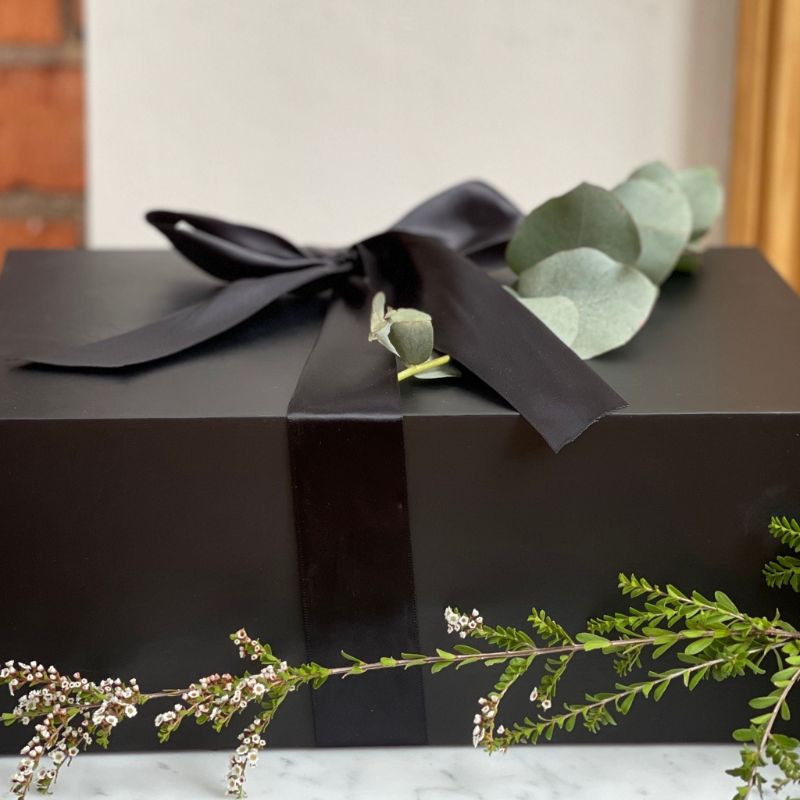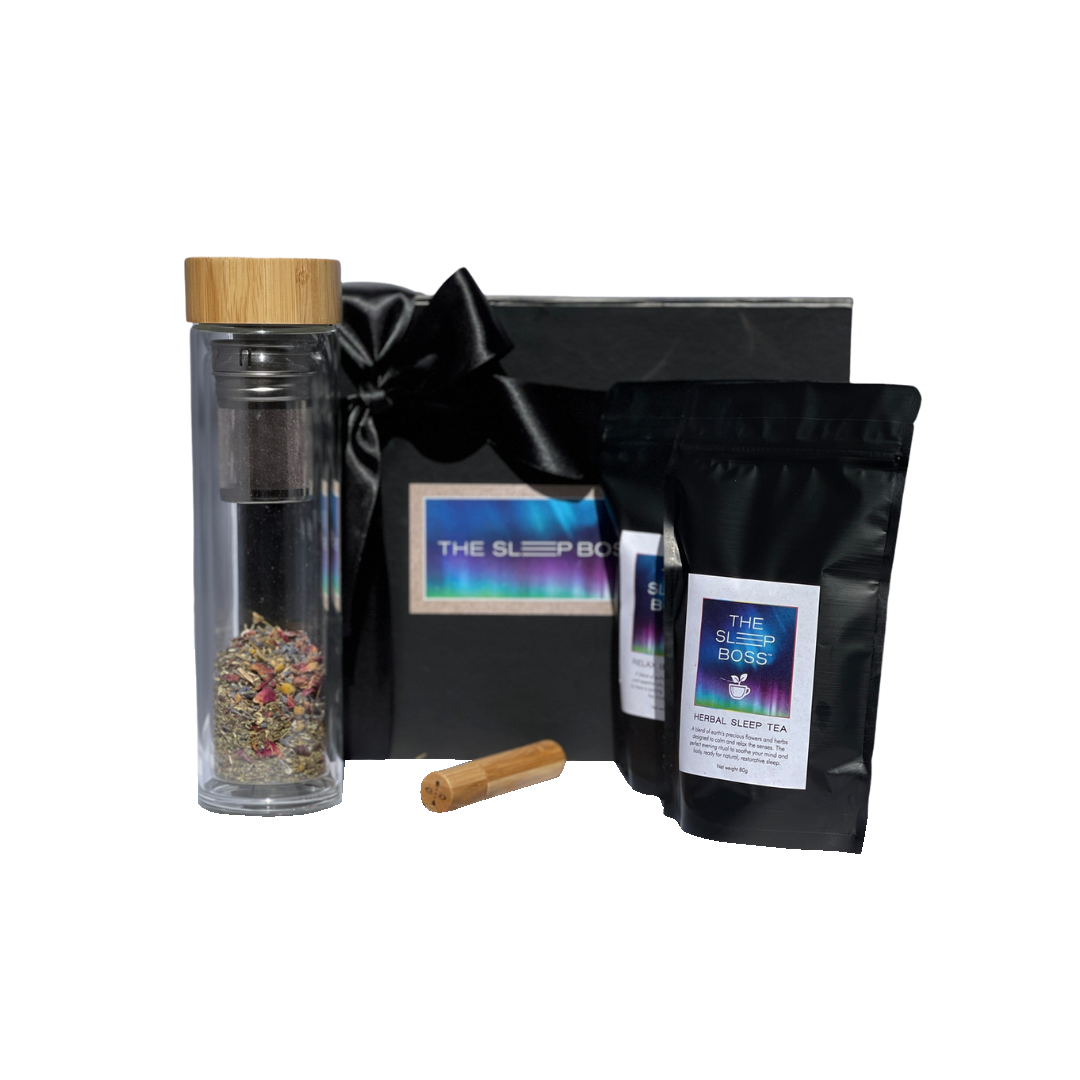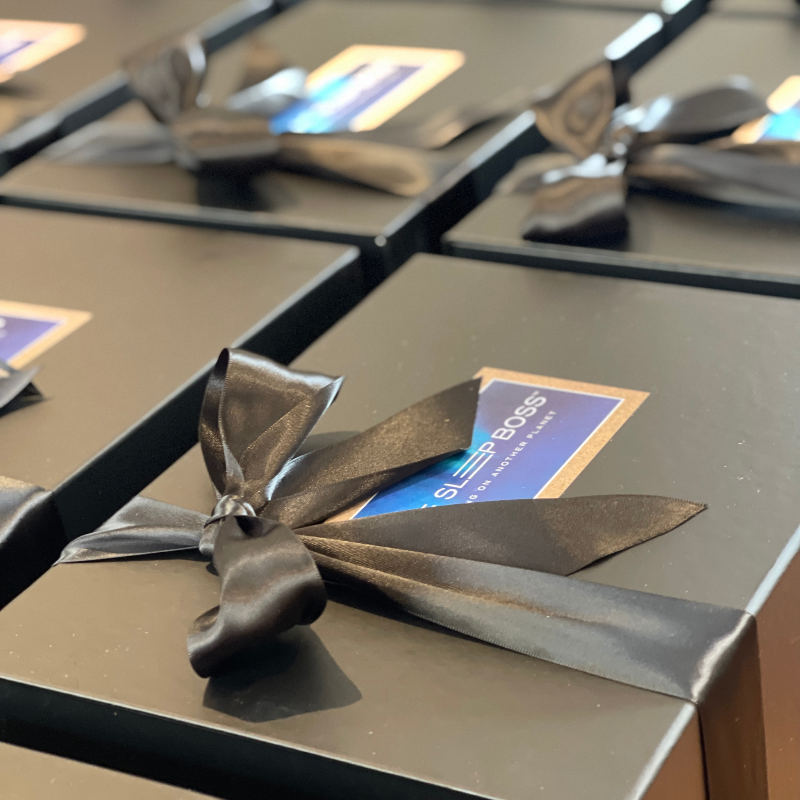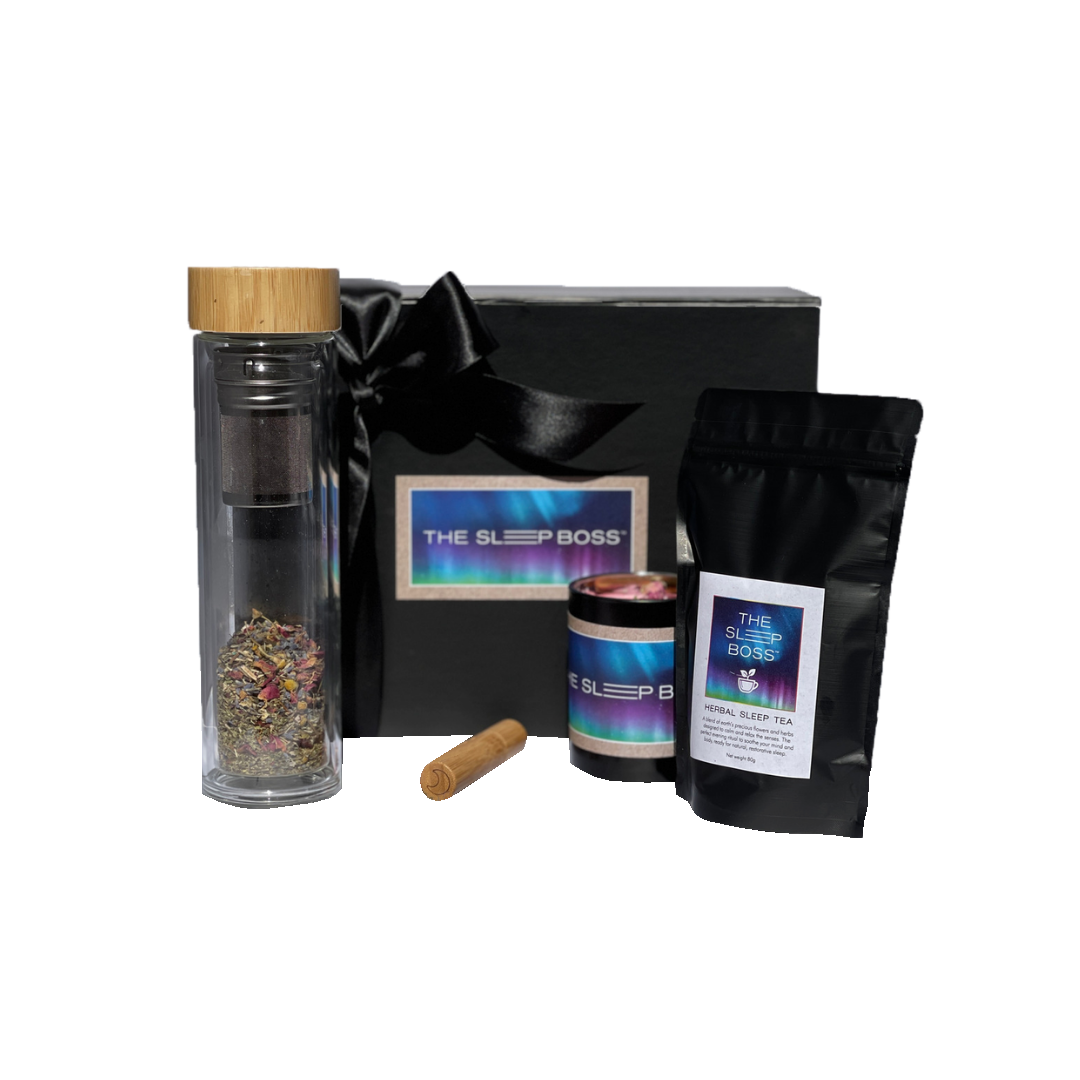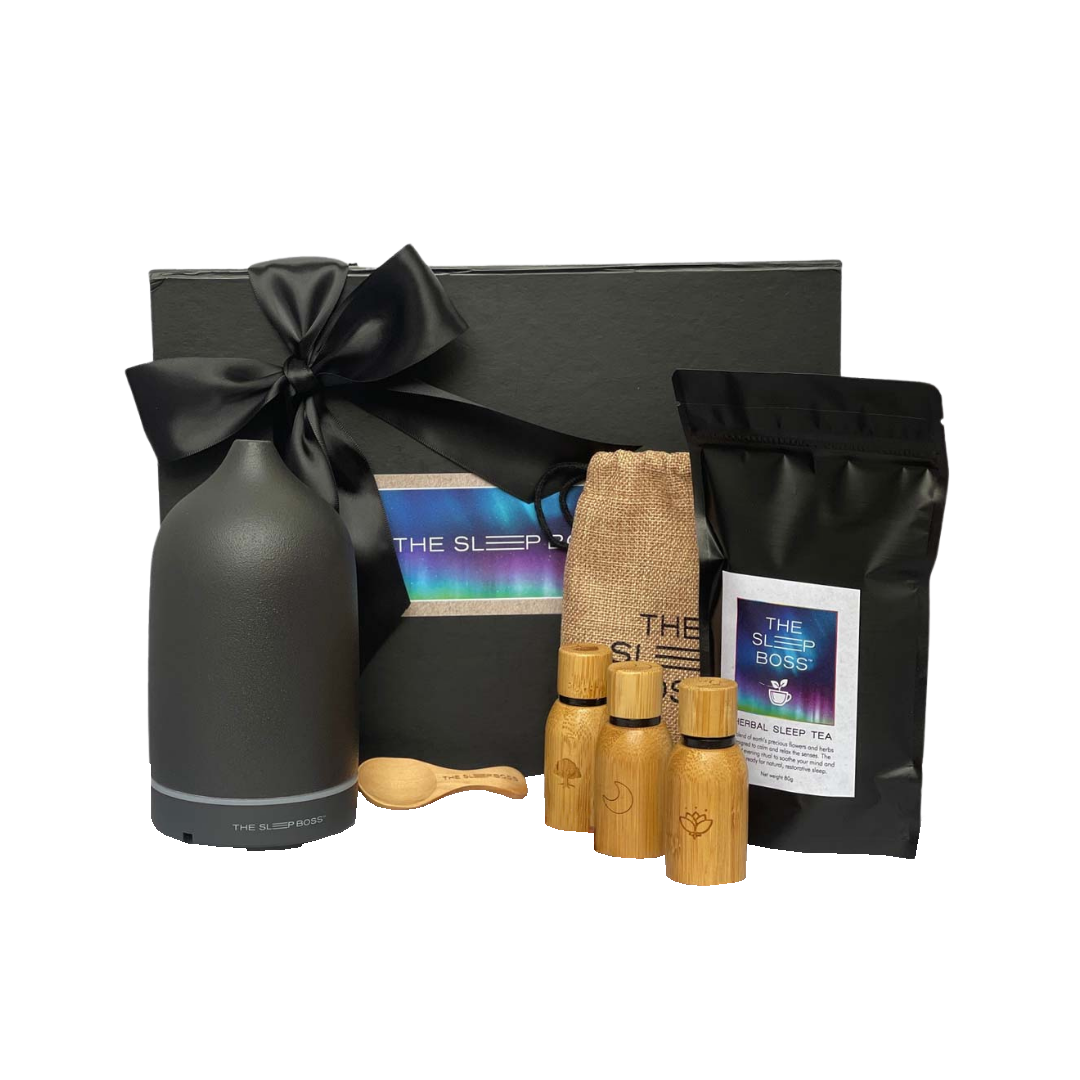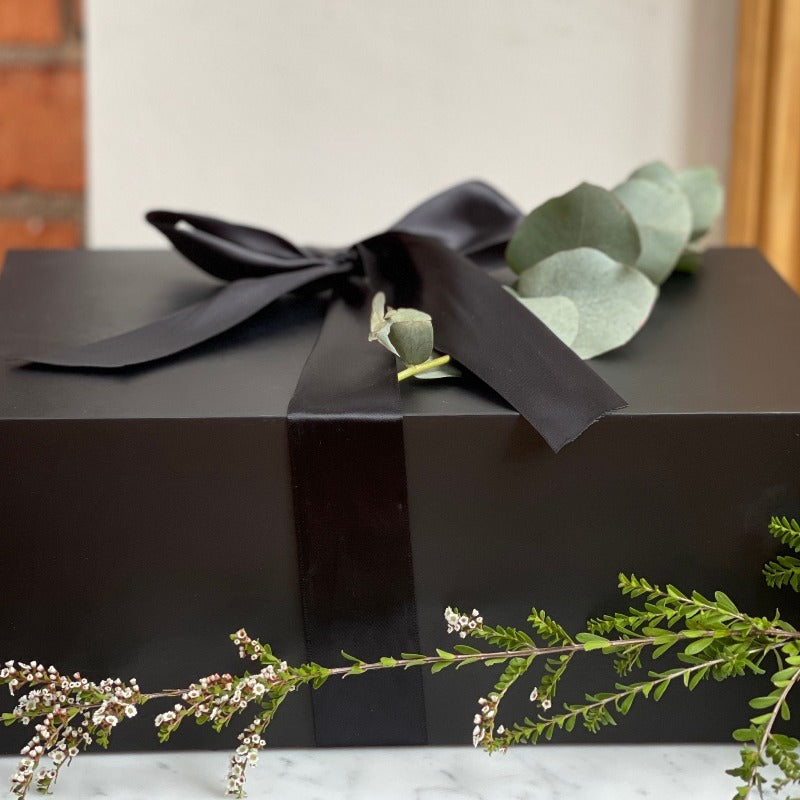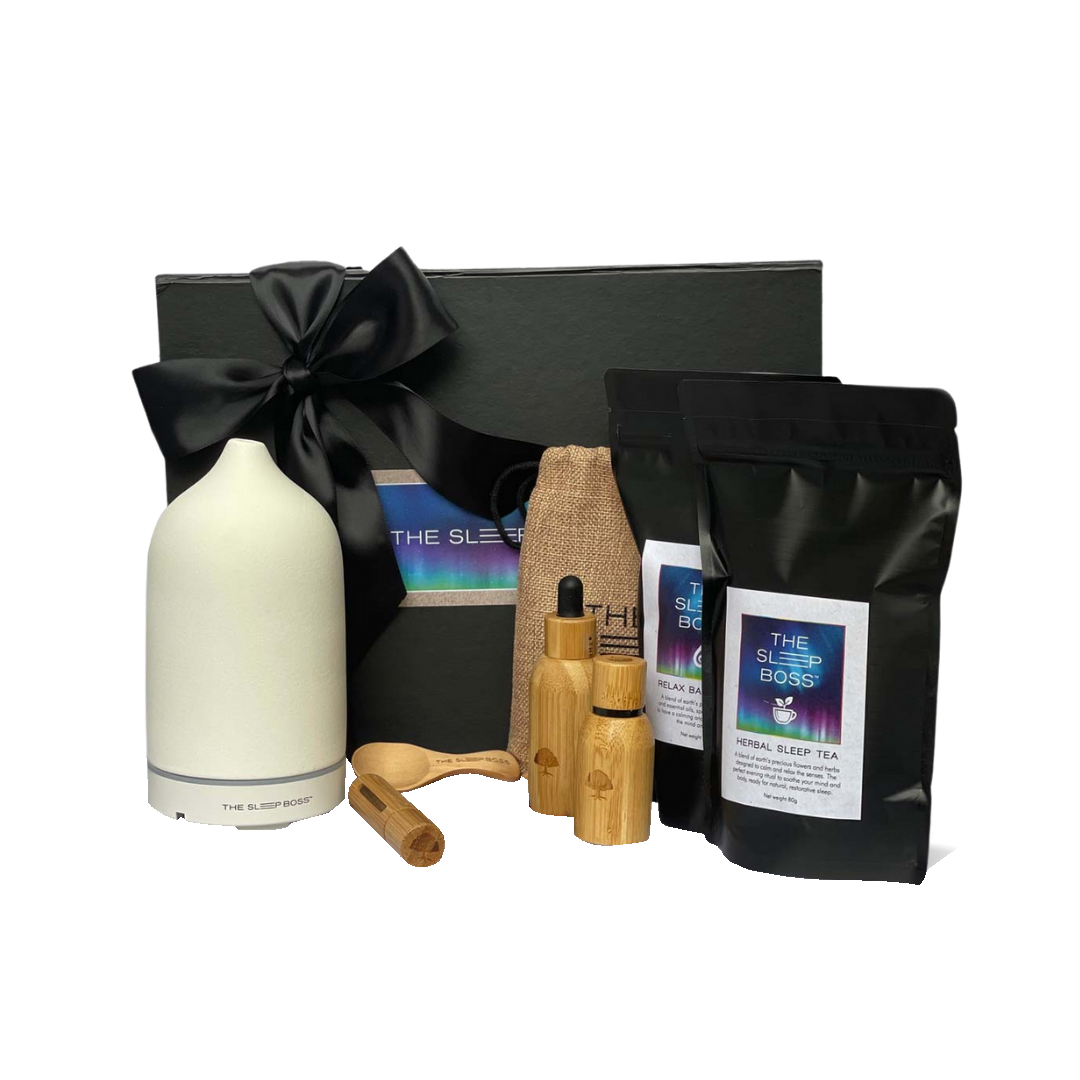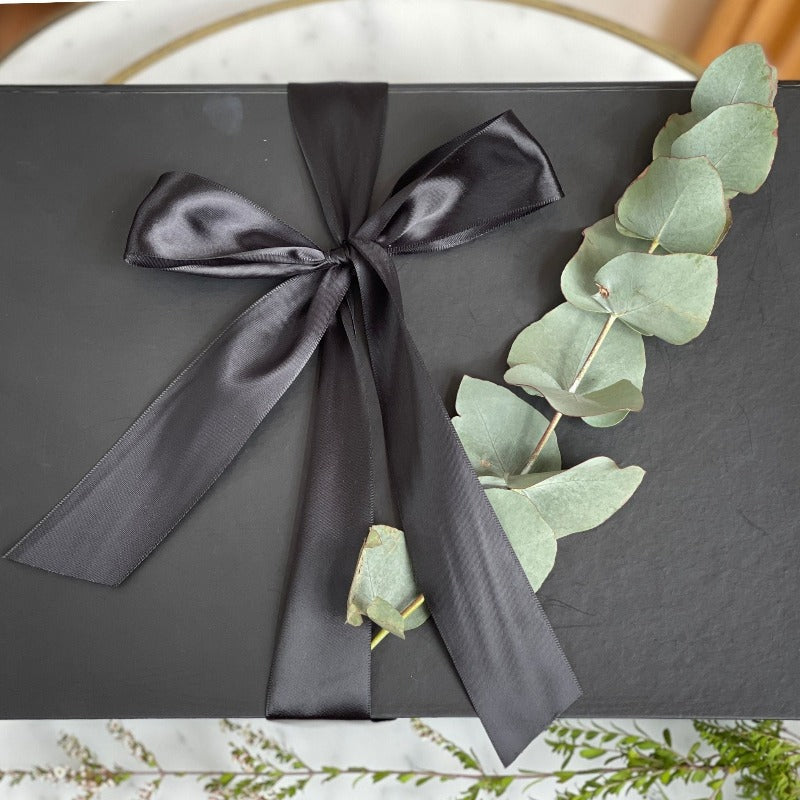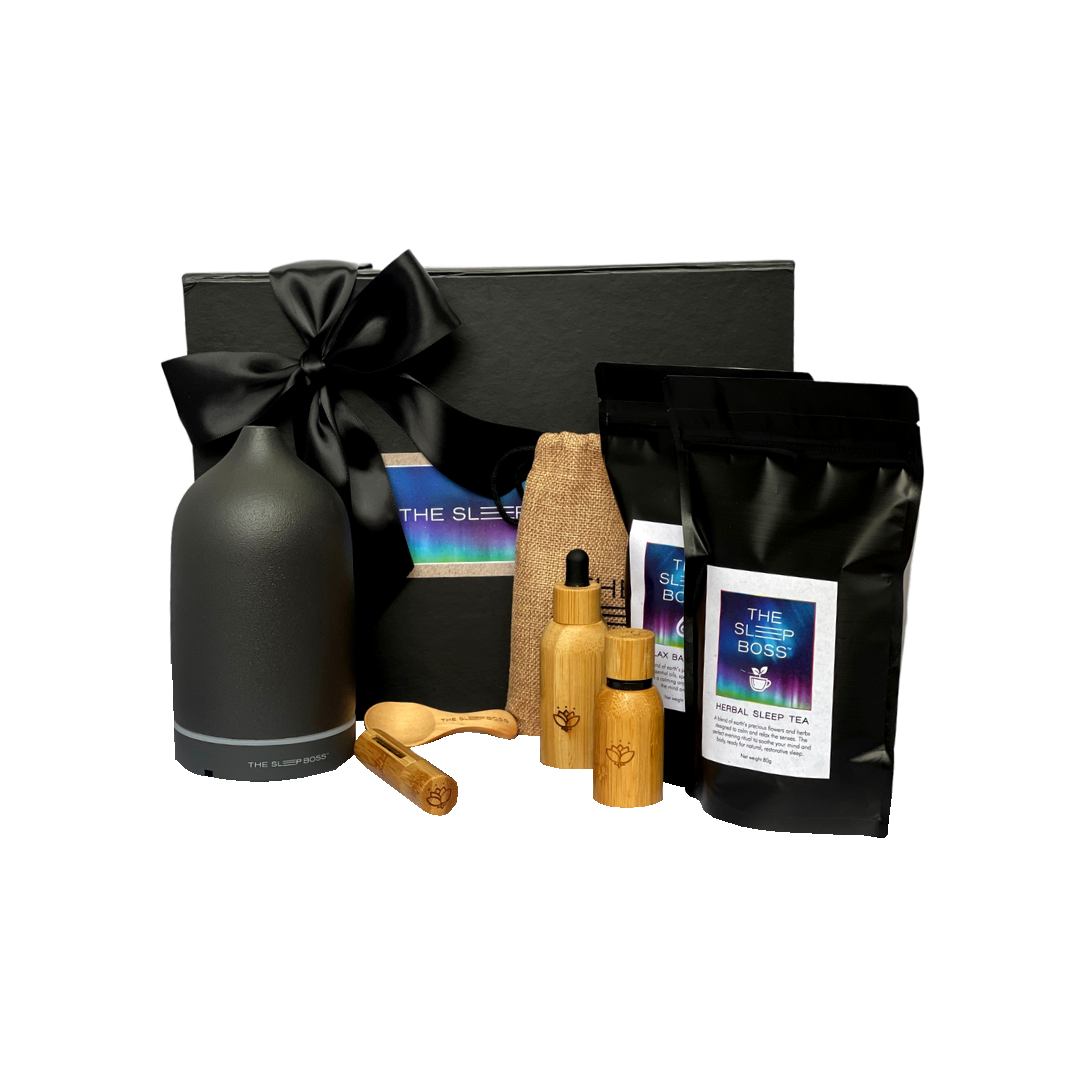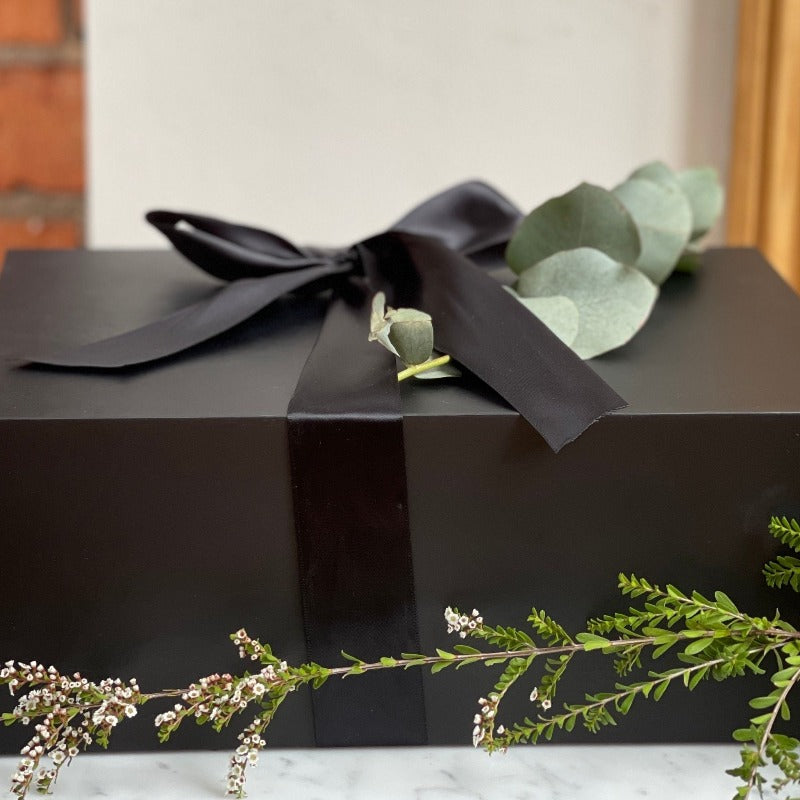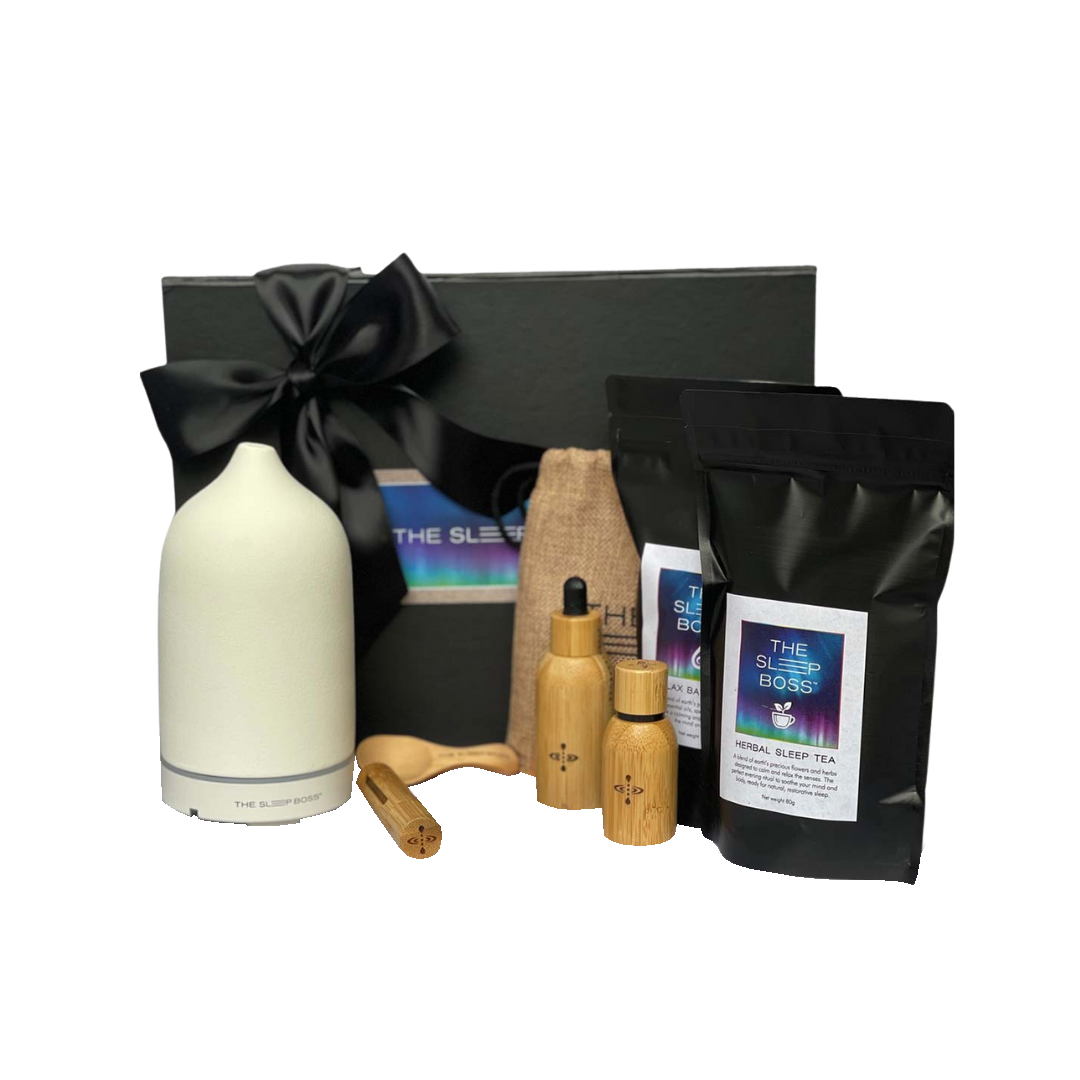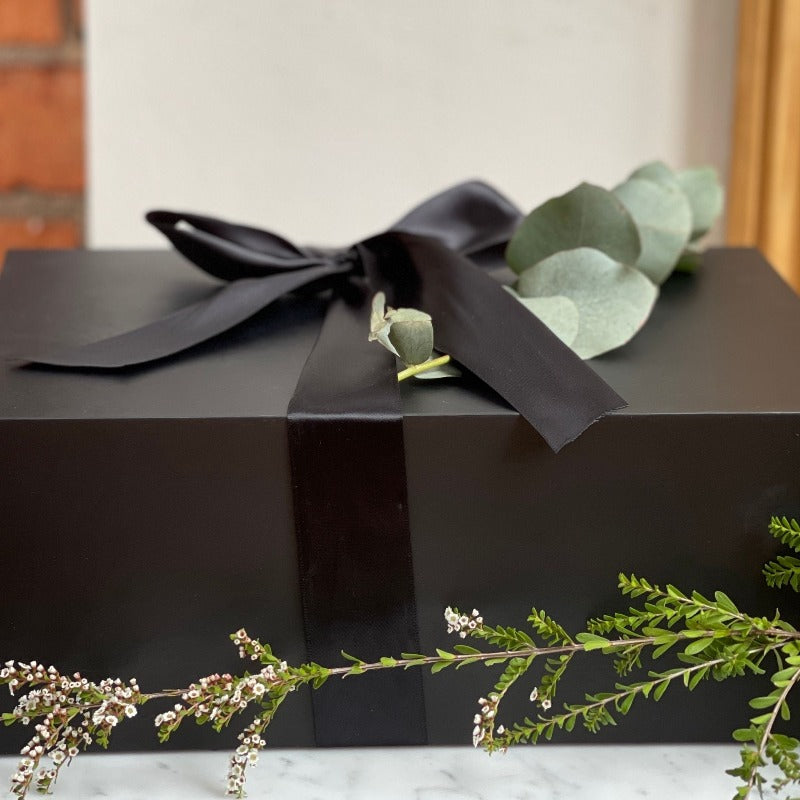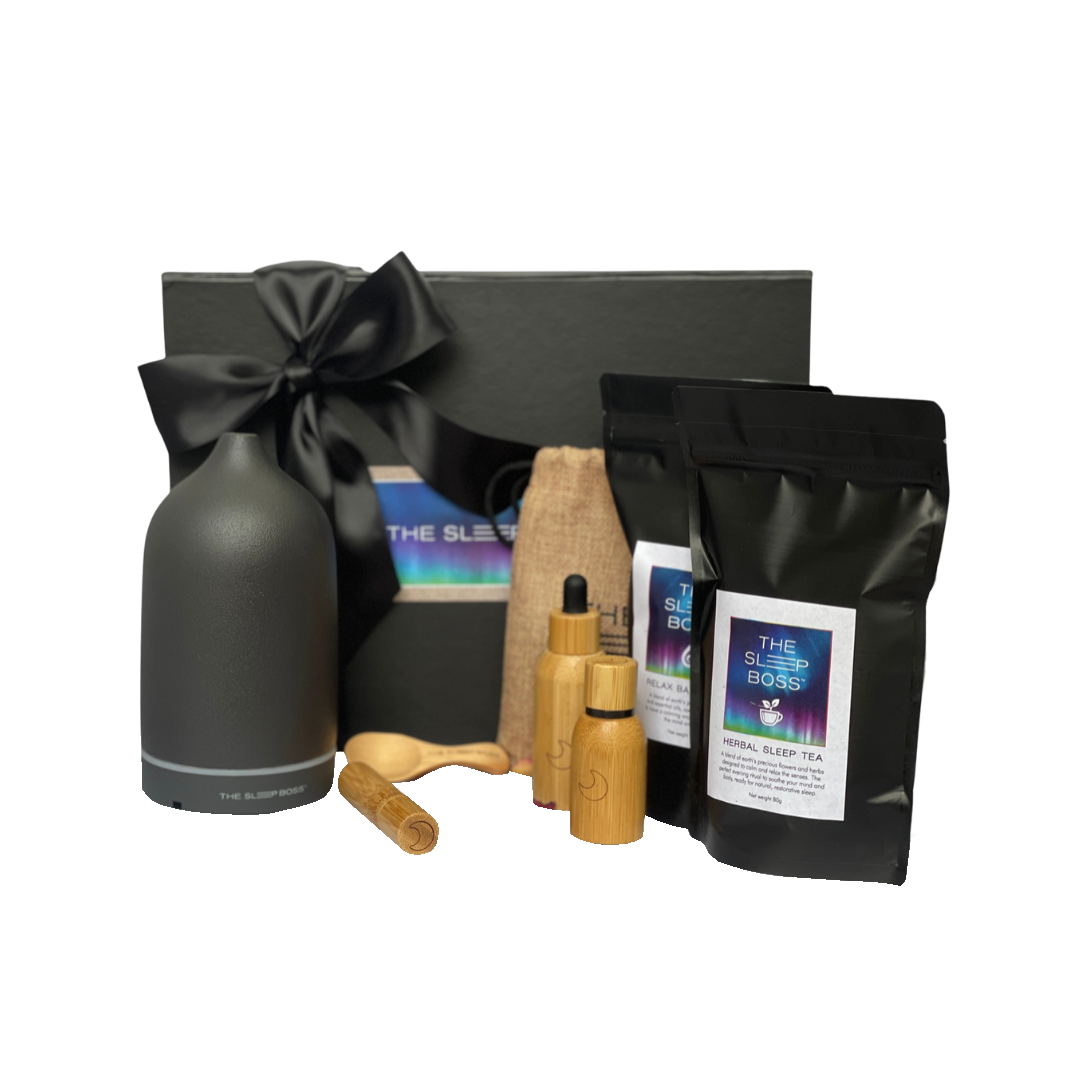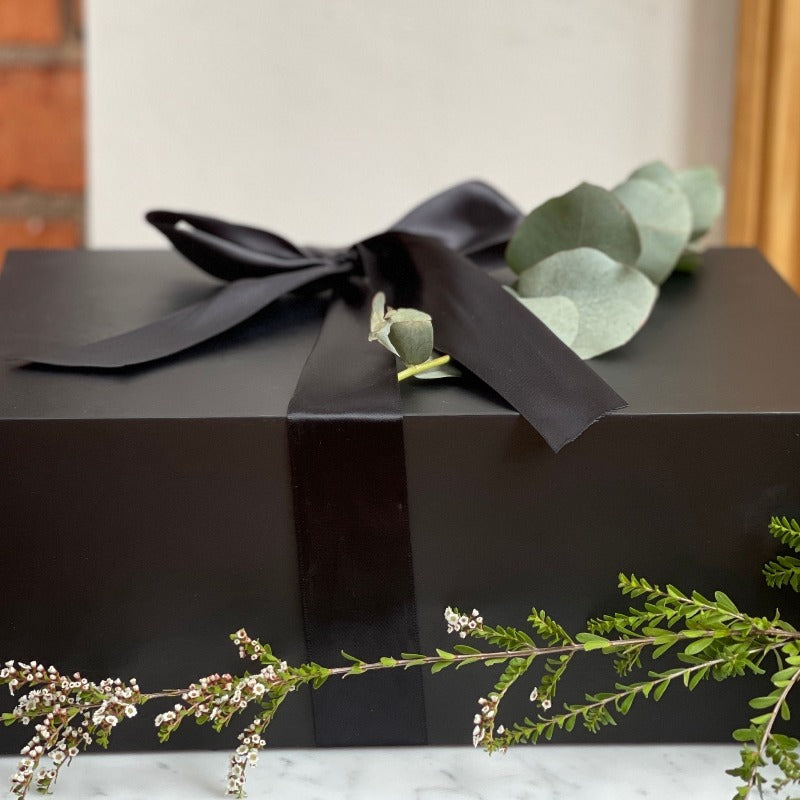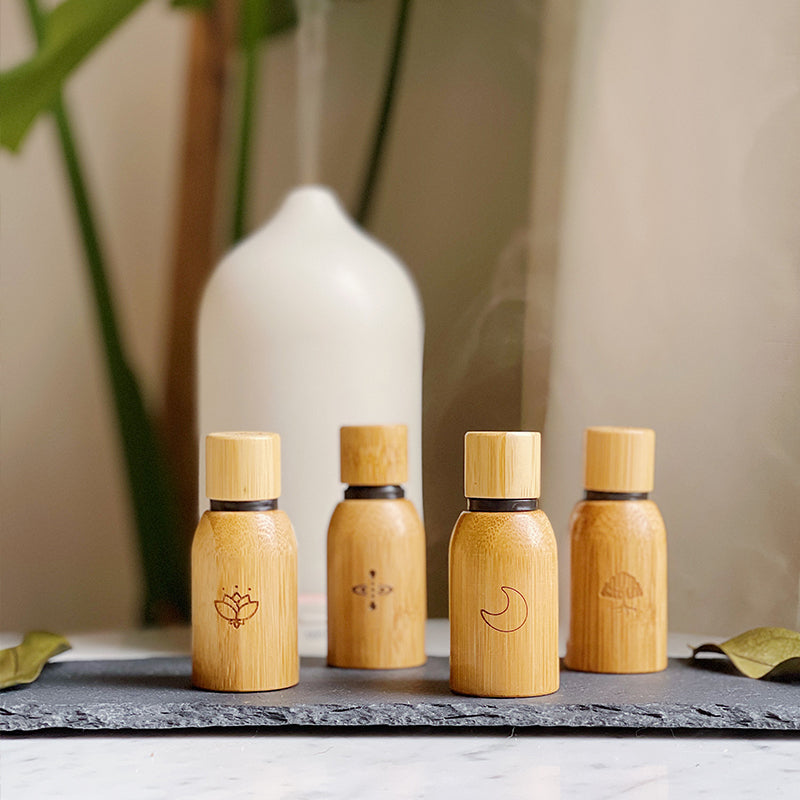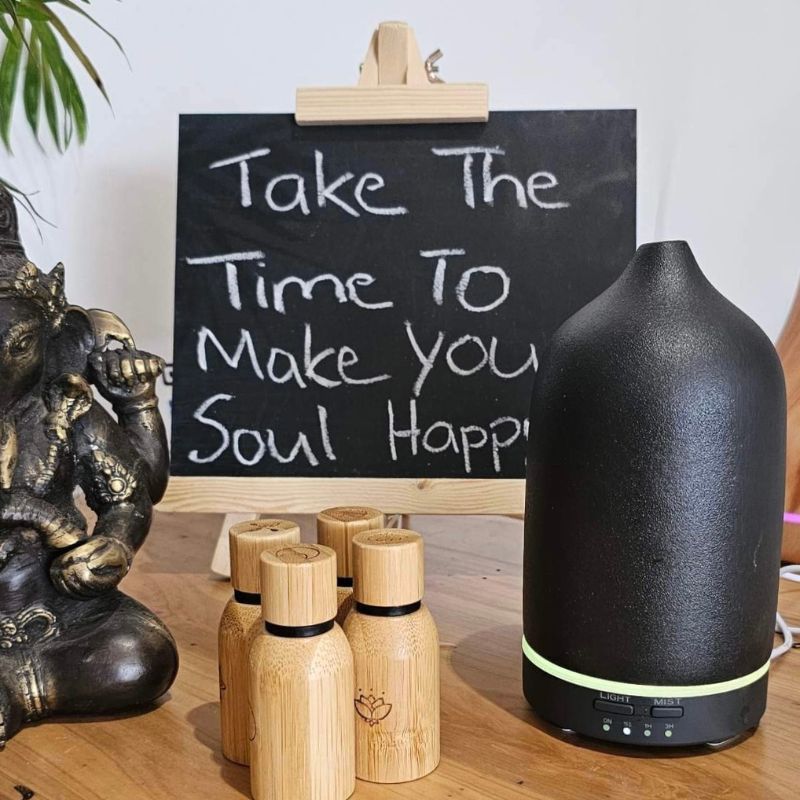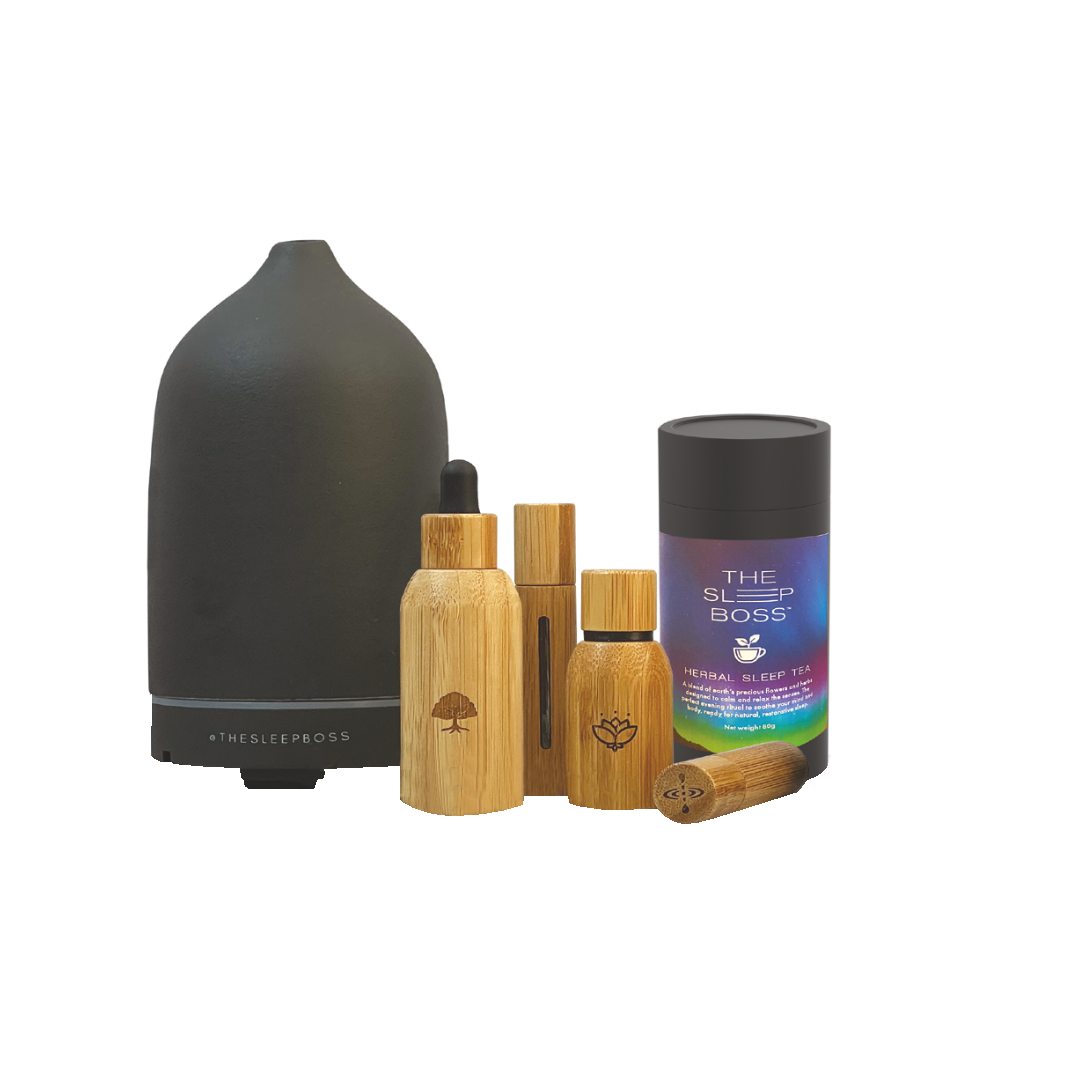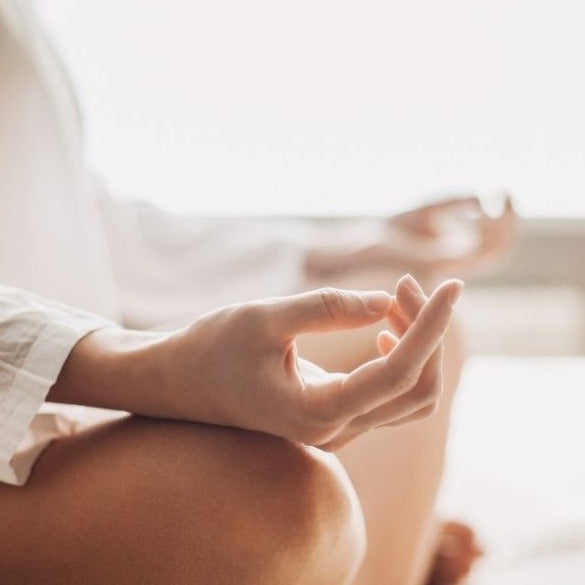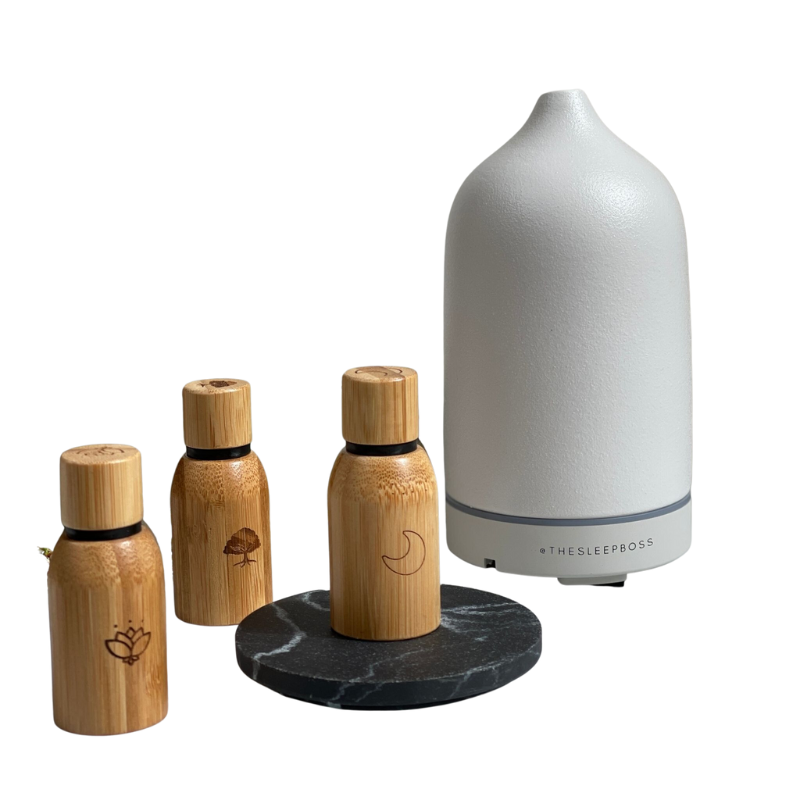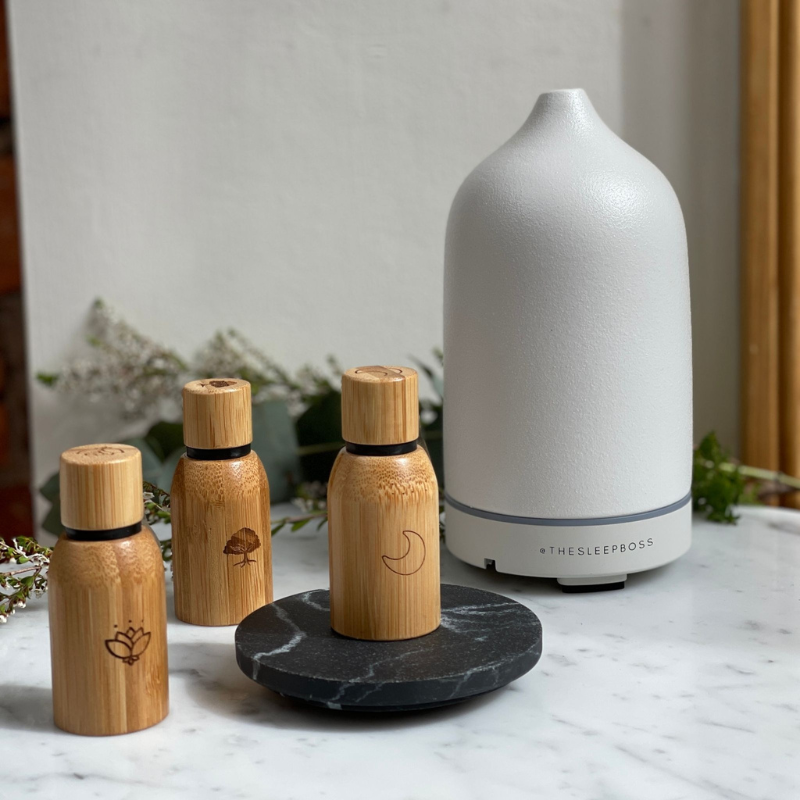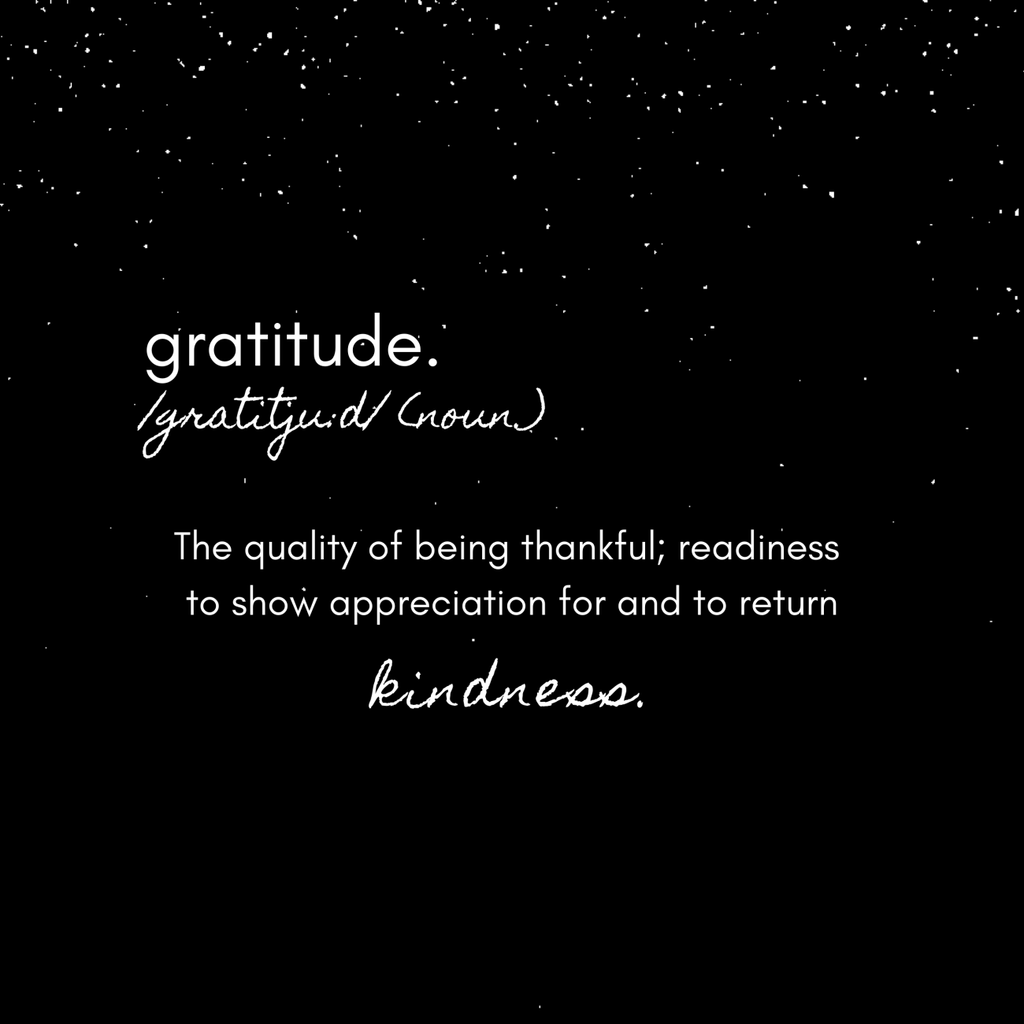
Gratitude with a small “G”
Written by Kate Oliver. Originally posted for Thrive Global. Published with permission from Kate.
Gratitude and I always had a dysfunctional relationship.
I never really understood it, and as a kid it confounded me. I knew Gratitude was a quality I was meant to have, but all indications pointed to the contrary.
Think about it: what was your first experience with Gratitude? Were you ever told that you should be grateful? And have you ever told anyone else (your own kids perhaps, at dinner time?) that they should be grateful? I know I have.
See it’s the should that’s the problem: it teaches us swiftly that Gratitude is a quality we probably lack. A mini shame portal, this should is unintentionally handed down from one generation to the next, offering us evidence of our deficient and undeserving nature. So rather than Gratitude cracking our hearts wide open like it’s meant to, it gets us wary, contracted and defensive, and somewhere in all of us is the 8 year old who scuffs their foot in the dirt muttering “But I am grateful” under their breath. This mistrust gets negatively wired into our central nervous system, and before we know it, centre stage in our collective unconscious we find a resoundingly uppercase Gratitude diva or maestro with a we’re-not-worthy, how-can-I-ever-repay-you, no-no-I-insist, overly beholden schtuk that is dangerously unsettling and ready to activate our deepest fears in a heartbeat.
So how did we get back together, me and Gratitude? What triggered the mediation process? And how did it end up changing my life completely?
Will it sound glib if I say cancer did it??
Three years prior to January 16th 2017, and two months in to a meditation teacher training, I was diagnosed with Stage 3 bowel cancer. (I write about this experience and its aftermath in another story — here.)
While I studied, I was going through chemo, radiation and surgery, in varying combinations, and I found myself unconsciously practicing gratitude. (Notice the small g?) It became, quite naturally, the most useful and practical way I had for managing fear. When I visited Day Oncology, or had blood tests, or when I had my chemo port put in — my inner monologue had “thank you for this amazing nurse!”, “thank you for the person who invented this machine/this drug/this dressing!” on high rotation. Feeling grateful helped me feel calm, and connected to this medical universe — like we were working together as colleagues on neutral territory, instead of me feeling small, frightened and inundated by the floodwaters of overwhelm.
These inner thank yous acted as a buffer between me and the cold-sweat-inducing, isolating terror that my brain’s fear centre was pushing, urging me to jump at every shadow and keep my rifle cocked. I could sense my amygdala (fight/flight’s red button) becoming discombobulated in the face of this growing list of thanks. While I was all “Thank you for my husband! Thank you for my kids! Thank you for my wonderful naturopath! Thank you for Victoria! And Charlotte! And my oncologist!” there it sat, this trusty alarm button, locked n loaded, pin pulled, ready to lurch forward shouting “Cover me!!”at the drop of a hat. Instead, it kept getting issued with “At ease, Sergeant!” every time I said thank you. (Sure, it would slip me a quick horror story every now and then when I wasn’t looking, just to scare the crap out of me, but on the whole, it spent more time on the bench than you would expect in the circumstances.)
In the year after my treatment ended, Gratitude donned its uppercase G again, resuming its position of old: looming over me, cocking its eyebrow, whispering to me coolly that perhaps, (due to the degree of PTSD I was going through and the general mess I was making of things), I was not worthy of recovery. The Should was back. I should be grateful. It wondered aloud whether I truly appreciated being alive. Perhaps there were other survivors who were showing more appreciation than I, more fortitude, more joy, more inner strength? My connection and essence felt diminished. I forgot the feeling of existing in that space where gratitude held me up and flooded me with grace, and instead, a crack was prised open in the portal and a laser beam of shame and unworthiness hit me in the eye as soon as I looked out.
Sometimes in life, however, when we don’t learn a lesson the first time, it can come round again giving us another shot.
And so the most important lesson of this journey was kept till last.
It was time for my 12 month scan.A teeny speck in my lung was impudent enough to have minutely increased in size. A couple of similar specks had been whipped out 18 months previously, so while I knew what to expect, I felt crushed and disappointed: the finishing line that I thought I’d crossed had reappeared on the horizon, out of reach, and eluding me.
January 16 came around. The surgery went well, speck removed.
I woke up in Intensive Care and before long I felt a tsunami of pain exploding in my right side. There are many access ports in this type of laparoscopic surgery, the largest of which being under the arm at the top of the ribcage, and this area was screaming.
I called the nurse, who was surprised that the intercostal pain blocks had worn off so soon. I was given an Endone, and when that didn’t touch the sides, Targin, then Lyrica, and so on. Pretty soon I had checked off the maximum amount of pain relief possible, none of which had been too effective as the pain had broken through so fully into my awareness and was by now thrashing around, wild eyed and desperate. And there I am, faced with this writhing beast and the prospect of having to accompany it while we wait for another 2 hours for the next round of pain meds.
I look at it and think “F***. What am I going to do with YOU?”
In the past I had used meridian tapping (EFT) as a form of pain relief. (A story for another time.) This involved the ability to reach both my hands. As I was hooked up and wired with drips and tubes, not to mention being in agony, this wasn’t an option.
My mind went scrolling down over every useful bit of teaching I had ever received, over my mindfulness practice, my meditation. I knew the mind could help me here, I just wasn’t sure how, in the face of this extreme pain.
I think of Jon Kabat-Zinn, father of the current uptick in and proliferation of mindfulness training across the globe. A molecular biologist and student of Zen Buddhism, Kabat-Zinn was working at the Medical Centre of the University of Massachusetts in the late ’70s. Seeing the levels of suffering around him in the form of pain, chronic and terminal illness, Kabat-Zinn introduced “Stress Reduction” classes to the hospital. He taught the practice of mindfulness, whilst giving it a name that didn’t suggest gurus and hippies. (This was the late 70s after all.) In the 8 week program that went on to become Mindfulness Based Stress Reduction, or MBSR, the principle tenet was always “If you’re here and breathing then there’s more right with you than wrong with you. Let’s start with that!”
So that’s what I did, there in Intensive Care that afternoon. Just as Jon Kabat-Zinn would guide his patients through a body scan meditation, where the attention is focussed on each minute part of the body, slowly scanning throughout, sensations being noticed and felt, I began my body scan.
I pretended I was in one of his hospital sessions and began with my left toes. I pictured the toes on my left foot and breathed in. Then I breathed out. Next, the ball of the left foot, the arch, the heel. There was some comfort in focussing my mind on something specific, something neutral, something that could ever so slightly crowd out the fear that pain was rustling up at a moment’s notice — but there was the pain, still present, and white hot.
As I had time, and wasn’t exactly going anywhere, I settled in and treated this as an experiment. A field prac. In the Tibetan Buddhist tradition there is a practice called tonglen, which is a taking in of negative energy and sending out of positive. Right- I’d try some tonglen with a body scan twist (just makin’ it up as I went along). So I breathed in the intensity of the pain, and I breathed out a body scan: in, pain; out, toes on left foot. In, this-pain-this-pain; out, ball-of-my-left-foot. And so on. There was some improvement: I felt calmer, but the pain itself remained unchanged. Then out of nowhere, I remembered gratitude. Not Gratitude — just ‘gratitude’. Why not give it a try?
So, in, I breathed the full intensity of the pain; out, I breathed gratitude for my left toes. Not in a “Oh I’m so beholden to my left toes!” kind of way, but in a true “thank you for these left toes, I’m so incredibly blessed to have them, how amazing are they?” kind of way.
What happened in that moment I’ll never forget.
Where the pain had slammed the aperture of my mind firmly shut, the instant that I released gratitude into my toes it flew open. Fully open. And the pain was gone. My mind almost tripped over itself with the sudden space that had been created.
Disbelievingly I continued. Breathing in pain that had been crying out so recently, breathing out utter gratitude for the ball of my left foot. Peeking through my fingers just before calling “Coming, ready or not!” I sneak a glimpse of my mind — and there it is, still wide open, incredulous.
Time was on my hands so I thought now I’d play a little.
Next time I breathe out I’ll drop the gratitude, and just breathe out the body scan. Before I can even picture the heel of my left foot on the outbreath my mind has slammed shut again and the pain soars upwards, filling my head like white noise. Quickly, I revert back to the gratitude practice on the next outbreath, and incredibly, the lens of my mind flies open and the pain quietens to a muted voice in another room.
This becomes my practice for the rest of my time in hospital.
In my mind I thank everything, all of the time: thank you cup of tea, thank you night nurse, thank you view out my window, thank you dear friend visiting me after work, thank you kids coming to hang out with me, thank you beautiful husband love of my life!
There had been complications in the surgery that had accounted for the increased pain, and by the time I got home I felt rocked, reeling, but happily blissed out, with ‘At last I see the light, and it’s like the fog has lifted!’ (from the animated movie Tangled) playing on repeat in my mind blown brain.
I had seen the light, but I didn’t know what it was. Why had this practice made me feel so happy in the midst of such chaos and discomfort?
And why the hell did it work as a form of pain relief?
I mean I’d toyed with the idea of keeping a gratitude journal before, but never really looked closely into the research — till now.
Turns out: gratitude is THE. ACTUAL. THING. It’s the answer to the 64 million dollar question.
It’s the secret pill for pretty much any form of stress or discontent big or small, and the subject of multiple long term university research projects around the globe right now. The findings of this research can be summarised as follows, with gratitude being shown to:
- Reduce stress
- Improve heart function
- Reduce blood pressure
- Improve energy levels
- Improve relationships
- Decrease inflammation
- Activate dopamine and seratonin (nature’s Prozac) production
- Decrease depression and PTSD
- Improve sleep quality
- Increase joy
to name just a few. (I’ve listed some journal articles and books below if you want to take a deep dive.)
And here’s the thing that knocked my socks off: when practising gratitude that day in hospital, turns out I was activating my brain’s opioid receptors. So essentially, I was self-administering morphine. Gratitude as analgesia, HOLY COW!
So all the research agrees on this: practising gratitude alters the way our brains function.
Our brains are wired to scan for threat, so that we survive as a race. This is our negativity bias, and it keeps us safe in a “this doesn’t taste right, I’m not gonna eat it/that person looks dodgy, I’m crossing the road” kind of way. This is useful and necessary for our preservation and longevity. However, when the negativity bias is solely in charge of how we perceive our world and this circuitry gets overused it strengthens, and before we know it it’s taken over: we have alarm bells going off all over the place and we’re jumping at shadows again. And this negativity bias doesn’t just aim itself at our external world – we are squarely included in its line of fire. With the same primitive survival needs driving it, and beginning in early childhood, WE become fertile ground for our own judgement, aversion and criticism: if we can correct and fix our perceived faults, chances are we won’t get thrown out of the tribe.
Gratitude, on the other hand, has the power to switch the apertures in the sieve through which we perceive our world, our experiences, ourselves and others.
When we are in a state of thanks (literally from the Latin, gratia, meaning ‘thanks’) our negativity bias is switched off: we cannot be running “oooh what a lovely cup of tea, thank you!” and “I think someone’s trying to poison me!” (just keeping a low key Roman flavour) at the same time. One precludes the other. When gratitude circuitry is on, stressy stuff is off. And vice versa — if we’re in commando vigilante mode, we’re not exactly going to be open to “Ah, thank you for this beautiful sunset!”
The power of gratitude as a practice is that it gives us an actively specific way to decondition this negativity bias. We can actually turn down the volume on it as we consciously build new neural circuitry in the more higher functioning parts of our brain. And because the benefits are so wildly fabulous, what with feel-good hormones being released, blood pressure dropping and heart function improving, once we start we’re more likely to keep going. This is why people keep gratitude journals — they’ve been shown to really kickstart and cultivate this process by consciously and deliberately bringing to mind moments of gratitude from the day.
As I combed through this research, it seemed that gratitude indeed fell into two categories:
The first is grand scale and without question the one I immediately recognised as uppercase Gratitude. It speaks of indebtedness, and obligation and a sense of repayment. It’s the feeling generated from being the humble, passive recipient of something amazing — having our life saved, or being rescued from some catastrophic misfortune. In my experience, I need to tread carefully around this form of Gratitude, and I think we could all give it some thought. It is big, and we are small, and small in the face of good fortune can easily act as a hotlink to feelings of unworthiness and shame. If we’re feeling beholden or indebted, there’s a unconscious tab open in our mind that’s already questioning whether we should have received these blessings in the first place. The neural circuitry involved is primitive, limbic and fear driven, and asks ‘Am I worthy of this? Am I grateful enough?’
What’s more, our own fears that we are not grateful or worthy enough can lead us to suspect that others perhaps aren’t either, which is how this form of Gratitude gets passed down the line. This is not an exercise in blaming our parents, as it’s actually nobody’s fault: it’s just a cultural misunderstanding based on a glitch in our wiring, and instead of being able to claim our birthright, we’re left with a faulty inheritance.
I have lived through having my life saved. I am utterly grateful to those who were involved, without question, and feel utterly fortunate to be here. However, if my PTSD flares up, for example, this uppercase Gratitude (with Should bustling along close behind) becomes the yellow card the refs hold up while they decide whether I should still be allowed to play. It’s all Dana Carvey and Mike Myers on their knees in Wayne’s World screaming “We’re not wo-rrr-thy!!!” instead of the beatific “Ex-celleeent!” of Bill and Ted.
This other form of gratitude is my friend with the small g. It is self-generated, smaller, receptive, unconditional, every-day, freely given and joyous. It’s a form of thanks, of acknowledgement, of appreciation. It’s a Should-free zone. It drives us towards connection, not fear of separation. This gratitude is a micro act of radical happiness, and quite literally gladdens the heart. From this place, acts of kindness and altruism do not come from a sense of indebtedness or obligation, they are the natural spilling over of a heart that is full, a heart that is shouting Yes!!! to life.
This one gets my vote. And there is substantial clinical evidence to suggest that it’s the gradual build up of these micro moments of positive emotion that has the most profound effect on not only on our neurobiology, but on our overall health and well-being.
It’s what came to me naturally throughout my years of cancer treatment, then stepped in as my miraculous opioid life buoy on January 16th 2017. It’s what I’ve turned to ever since when I’ve felt fear trying to get its foot in the door again, and what I write about nightly in my journal.
In a lasting way, giving thanks regularly for tiny things, over time, begins to decondition our negativity bias by changing the way we scan our world, ourselves, and each other. It keeps the apertures of the sieve open to the receive joy and wonder and in doing so our hearts grow not only wider, but healthier too.
I had my regular 6 month scans yesterday.
This is usually kicks off with a heady cocktail of fear and sickening dread, and as always when these guys rock up, I practise. And the most potent way I have to counter them is to practise gratitude — just gratitude with a small g, in my own way.
When I walked out into the autumn sunshine, I practised.
On my drive to the hospital I practised.
As I got changed for my CT scan and had the cannula put in, I practised.
When I had my blood tests, I practised:
Breathing in fear; breathing out, thank you for this day
Breathing in this fear; breathing out, thank you for these trees I see
In, fear; out, thank you for this kind, chipper nurse
In, fear; out, thank you for this comfy chair
And then gratitude starts to take over, confident now, fluent in its language of love and affirmation of life:
Thank you for this hospital, thank you for this machine, thank you for that smile, thank you for the tiny baby I saw, thank you for this painting, that cloud, my car, those students, birdsong, rain, friends, love, my husband, my kids, autumn, January 16th 2017, this cup of tea.
And yes, with all my heart, thank you, thank you for my health.
Written by Kate Oliver.
References:
- Glenn Fox et al. A Potential Role for mu-Opioids in Mitigating the Positive Effects of Gratitude. Read Full Article
- Barbara Fredrickson “The Pursuit of Happiness”. Read Full Article
- Emmons R., McCullough M. (2004). The Psychology of Gratitude. New York, NY: Oxford University Press
- Barbara Fredrickson – Fredrickson, B. L. (2013). Love 2.0. New York, NY: Random House
- Wood A., Joseph S., Lloyd J., Atkins S. (2009). Gratitude influences sleep through the mechanism of pre-sleep cognitions. J. Psychosom. Res. 66, 43 – 48. 10.1016/j.jpsychores.2008.09.002 [PubMed] [Ref list]
- R.A.Emmons “Thanks- How the New Science of Gratitude Can Make You Happier”, 2008
- Jon Kabat-Zinn “Full Catastrophe Living” Penguin Random House 2013 (new edition)
